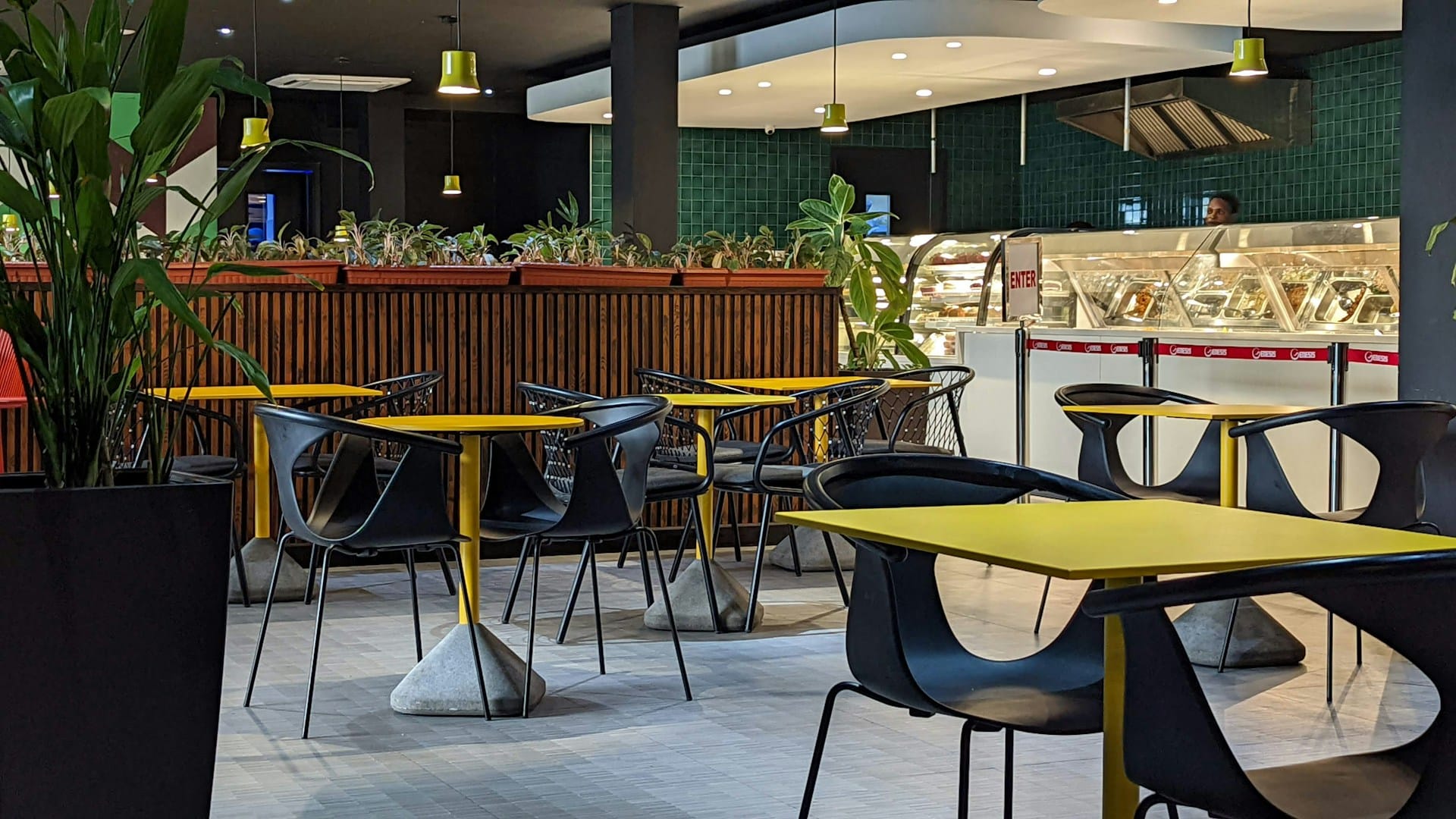Table of Contents
Opening a restaurant in a bustling city presents unique financial challenges that require strategic thinking from day one. Between sky-high rent, expensive equipment, and unpredictable cash flow, new restaurant owners must navigate complex financial waters while building their customer base.
Smart money management during the critical first months can mean the difference between thriving and merely surviving in the competitive urban dining landscape. Here are seven money moves for new city restaurants.
Master the Art of Tenant Improvement Negotiations
The buildout phase represents one of the largest upfront investments for any new restaurant. Tenant improvement allowances (TIA) can provide substantial funding relief, offering either a fixed dollar amount, free rent periods, or direct payment for construction work. The key lies in negotiating these allowances before signing your lease, not after.
Successful negotiations often require trading other concessions, such as accepting a longer lease term in exchange for a larger improvement allowance. Document every detail of what qualifies as an eligible expense, from kitchen equipment installations to dining room finishes.
Remember that unspent TIA funds typically revert to the landlord, so plan your improvements strategically to maximize every dollar.
Strategic Equipment Financing to Preserve Cash Flow
Restaurant equipment represents a massive capital requirement that can drain working capital if financed incorrectly. Equipment financing offers attractive rates starting as low as 7% APR, with the equipment itself serving as collateral. This self-secured structure protects your other business and personal assets while spreading equipment costs over manageable monthly payments.
Rather than depleting your capital reserves, equipment financing allows you to spread costs over time while preserving cash for daily operations. Focus on financing big-ticket items like commercial ovens, refrigeration systems, and POS equipment, while paying cash for smaller items that depreciate quickly.
If possible, structure your equipment loans with seasonal payment flexibility, allowing lower payments during traditionally slower months. When evaluating financing options, platforms like Lendio can help restaurant owners compare multiple lenders and estimated terms without impacting their credit scores through hard inquiries.
Calculated Hiring Strategy That Grows With Revenue
Resist the temptation to staff from opening day fully. Instead, start with a skeleton crew of experienced professionals who can handle multiple roles during your soft opening phase. Train this core team thoroughly, then gradually add staff as customer volume and revenue predictably increase.
Consider offering performance-based compensation structures that align employee incentives with restaurant profitability. Cross-train staff to handle multiple positions, reducing the need for specialized workers during slow periods.
Implement scheduling software that optimizes labor costs by matching staff levels to projected sales volumes. This approach controls costs and ensures your team members gain comprehensive restaurant experience, creating more valuable employees and better service flexibility.
Develop Sophisticated Seasonal Cash Flow Forecasting
Urban restaurants face dramatic seasonal fluctuations that can devastate unprepared operators. Summer outdoor dining booms, holiday parties surge, and post-New Year diet trends create predictable patterns that smart operators anticipate. Develop detailed monthly cash flow projections based on local market research, competitor analysis, and industry benchmarks for your restaurant category.
Build cash reserves during peak seasons to weather the inevitable slow periods. Establish a line of credit before you need it, when your financial position appears strongest to lenders.
Create scenario planning for different revenue levels, identifying exactly when you’ll need to reduce staff, negotiate supplier payment terms, or access additional funding.
Maximize Soft Opening Pre-Sales Revenue
Transform your soft opening from a cost center into a revenue generator through strategic pre-sales campaigns. Before opening day, sell discounted gift cards to friends, family, and early supporters. This approach provides immediate cash flow to help with final preparations while building a customer database for future marketing efforts.
Create exclusive membership packages or dining clubs that offer special pricing in exchange for upfront payments. Partner with local businesses to cater lunch meetings or events during your testing phase, generating revenue while training staff. Use social media to build anticipation and sell reservations for your grand opening week.
Engineer Profitable Delivery and Takeout Margins
Third-party delivery platforms charge commissions ranging from 15-30%, which can eliminate profit margins on food sales. Develop a comprehensive delivery strategy that minimizes these fees while maximizing revenue. Create delivery-optimized menu items with higher profit margins that travel well and justify premium pricing.
Negotiate better commission rates by demonstrating volume commitments or exclusive partnerships with specific platforms. Develop your own delivery system for orders within a reasonable radius, using part-time drivers or partnering with local courier services.
Design packaging that maintains food quality during transport while keeping costs reasonable. Consider offering pickup incentives like discounts or loyalty points to encourage customers to avoid delivery fees altogether, improving your margins while building direct customer relationships.
Secure Long-Term Savings on Energy and Insurance
Utility costs can consume 3-5% of restaurant revenue, while insurance typically runs another 2-3%. These ongoing expenses compound over time, making early optimization crucial for long-term profitability. Research energy suppliers in deregulated markets where you can choose your provider and lock in favorable rates for 12-24 months.
Invest in energy-efficient equipment that qualifies for utility rebates or tax incentives. LED lighting, Energy Star appliances, and programmable HVAC systems reduce monthly utility bills while often qualifying for rebates that offset initial costs. For insurance, work with brokers who specialize in restaurant coverage to ensure you’re not overpaying for unnecessary coverage or missing critical protections.
Bundle general liability, property, workers’ compensation, and liquor liability insurance for better rates. Consider higher deductibles to reduce premium costs, provided you maintain adequate cash reserves to cover potential claims.
Endnote
Financial discipline during the startup phase creates options later. Restaurants that thrive in competitive city markets combine culinary excellence with sharp financial management from the very beginning. Start with these seven strategies, monitor your results closely, and adjust your approach based on real performance data rather than industry averages or wishful projections.


